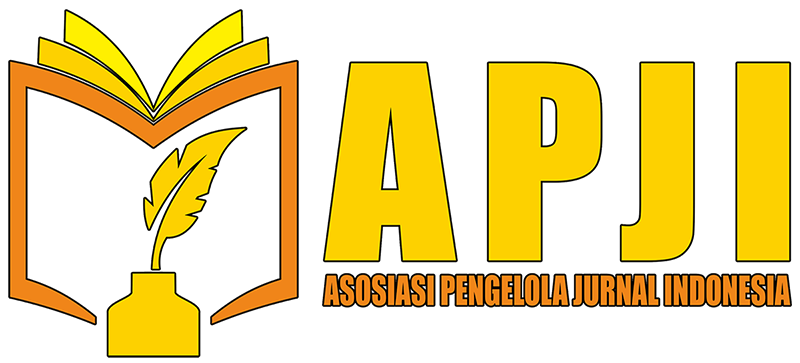Relevance of Writing English Short Stories in Elevating Children’s Creativity for Elementary Students in Wisma Penjaringan Sari Surabaya
DOI:
https://doi.org/10.59435/gjpm.v2i2.592Keywords:
Children’s Creativities, Mihaly Csikszentmihalyi, Short Stories, WritingAbstract
This article explains the importance of writing short stories for children, especially to uplift their creativity to socio-cultural circumstances. This writing is based on community service done to elementary students in Wisma Penjaringan Sari, Rungkut, Surabaya from 2023 to 2024. Children's creativity has the potential to promote knowledge of individuals, societies, and cultures in everyday life as explained by Mihaly Csikszentmihalyi. One of the ways to improve creativity is writing short stories to explore their understanding of surroundings altogether with to uplift their language skills. Through explorative approach in qualitative research, this paper emphasizes writing short stories as a means to build children’s awareness of their potentials, surroundings, and imaginations. Those aspects are needed to cultivate the growth of knowledge to face both formal and informal education. Moreover, ethical aspects could be widened so that children could always appreciate anything that they had, have, and will have. In conclusion, writing short stories for children is crucial to elevate their creativity in formal education and usual everyday life.
References
Bernacki, M. L., Greene, J. A., & Crompton, H. (2020). Mobile technology, learning, and achievement: Advances in
understanding and measuring the role of mobile technology in education. Contemporary Educational Psychology, 60.
Csikszentmihalyi, M. (2015). The systems model of creativity: The collected works of Mihaly Csikszentmihalyi. Springer.
Csikszentmihalyi, M. (2020). Finding flow: The psychology of engagement with everyday life. Hachette UK.
Kukita, A., Nakamura, J., & Csikszentmihalyi, M. (2022). How experiencing autonomy contributes to a good life. The
Journal of Positive Psychology, 17(1), 34-45.
Larson, R., & Sri, S. (2024). Flow as a catalyst for positive youth development. Journal of Leisure Research, 1-21.
Lee, J. S., & Hsieh, J. C. (2019). Affective variables and willingness to communicate of EFL learners in in-class, out-of-
class, and digital contexts. System, 82(June), 63–73.
Liu, T., & Csikszentmihalyi, M. (2020). Flow among introverts and extraverts in solitary and social activities. Personality
and Individual Differences, 167, 110197.
Mansfield, K. (2024). Short stories. Modernista.
Marcos, R. I. S., Fernández, V. L., González, M. T. D., & Phillips-Silver, J. (2020). Promoting children’s creative thinking
through reading and writing in a cooperative learning classroom. Thinking Skills and Creativity, 36, 100663.
Pulimeno, M., Piscitelli, P., & Colazzo, S. (2020). Children’s literature to promote students’ global development and
wellbeing. Health promotion perspectives, 10(1), 13.
Shay, P. W. (2021). Resurrecting the Aesthetic: Re-Imagining Pedagogy and Curricula in Contemporary English
Teaching. Victoria University.
Tse, D. C., Nakamura, J., & Csikszentmihalyi, M. (2021). Living well by “flowing” well: The indirect effect of autotelic
personality on well-being through flow experience. The Journal of Positive Psychology, 16(3), 310-321.
Downloads
Published
How to Cite
Issue
Section
License
Copyright (c) 2024 Rommel Utungga Pasopati, Kusuma Wijaya, Evania Nur Aprilla, Myrilla Shafa Camilla, Sanjaya Ahmad Hidayat, Akmal Dafa Hizbullah

This work is licensed under a Creative Commons Attribution-ShareAlike 4.0 International License.













